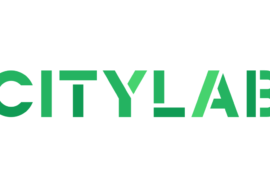Privatize, privatize, privatize! That’s the mantra of many who believe government does too much in our lives and in our communities. In Minot, this call has most recently been heard as a part of the City’s landfill and sanitation operations. The suggestion is that the private sector can do both better. But is that the case? There’s no answer that’s right every time, but there are real-world examples we can look for that highlight challenges.
In this example out of Ontario, one town is attempting to transition from city-owned buses to using Uber to provide public transit. In its first years, the service proved enormously popular, but that’s creating challenges for the city’s budget. Here’s why: in the privatized model of public transit, the more people use, the more the public subsidy goes up. In socialized public transit, the more people use, the more the public subsidy goes down.
Get the full story on the Innisfil Uber public transit experiment from CityLab, and in case you’re wondering, Minot did not take steps to privatize sanitation or landfill operations.



